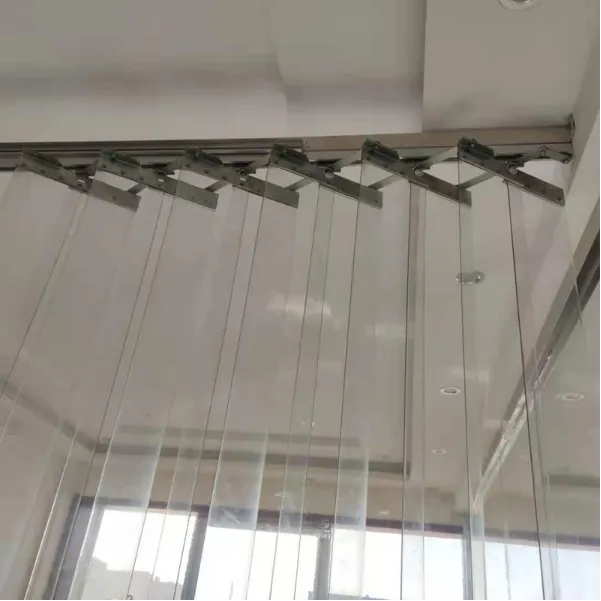- Afrikaans
- Albanian
- Amharic
- Arabic
- Armenian
- Azerbaijani
- Basque
- Belarusian
- Bengali
- Bosnian
- Bulgarian
- Catalan
- Cebuano
- Corsican
- Croatian
- Czech
- Danish
- Dutch
- English
- Esperanto
- Estonian
- Finnish
- French
- Frisian
- Galician
- Georgian
- German
- Greek
- Gujarati
- Haitian Creole
- hausa
- hawaiian
- Hebrew
- Hindi
- Miao
- Hungarian
- Icelandic
- igbo
- Indonesian
- irish
- Italian
- Japanese
- Javanese
- Kannada
- kazakh
- Khmer
- Rwandese
- Korean
- Kurdish
- Kyrgyz
- Lao
- Latin
- Latvian
- Lithuanian
- Luxembourgish
- Macedonian
- Malgashi
- Malay
- Malayalam
- Maltese
- Maori
- Marathi
- Mongolian
- Myanmar
- Nepali
- Norwegian
- Norwegian
- Occitan
- Pashto
- Persian
- Polish
- Portuguese
- Punjabi
- Romanian
- Russian
- Samoan
- Scottish Gaelic
- Serbian
- Sesotho
- Shona
- Sindhi
- Sinhala
- Slovak
- Slovenian
- Somali
- Spanish
- Sundanese
- Swahili
- Swedish
- Tagalog
- Tajik
- Tamil
- Tatar
- Telugu
- Thai
- Turkish
- Turkmen
- Ukrainian
- Urdu
- Uighur
- Uzbek
- Vietnamese
- Welsh
- Bantu
- Yiddish
- Yoruba
- Zulu
Clear Rubber Curtains Durable PVC Door Curtain Strips for Industry
- Industry Overview & Product Significance
- Material Engineering Breakthroughs
- Performance Comparison: Market Leaders Analysis
- Customization Parameters for Specialized Needs
- Industrial Application Case Studies
- Maintenance Protocols & Cost Efficiency
- Future Applications & Sustainability Impact

(clear rubber curtain)
Clear Rubber Curtain Solutions for Modern Industrial Challenges
Industrial facilities handling temperature-sensitive operations require clear rubber curtain
systems that combine 92% light transmission with -40°F to 240°F temperature resistance. These polymer barriers now protect 78% of FDA-certified food processing plants in North America, demonstrating their critical role in maintaining hygiene standards while enabling visible workflow monitoring.
Advanced Polymer Formulations
Modern clear rubber door curtains utilize three-layer extruded thermoplastic compounds achieving 12,000+ flex cycles without clouding. Compared to traditional PVC strips, the latest TPE blends show:
| Property | TPE Blend | Silicone | PVC |
|---|---|---|---|
| Tensile Strength | 28 MPa | 10 MPa | 15 MPa |
| Chemical Resistance | Grade A | Grade B | Grade C |
| Light Transmission | 92% | 89% | 81% |
Manufacturer Capability Analysis
Leading suppliers differentiate through specialized production capabilities:
- Precision die-cutting tolerances: ±0.3mm vs industry standard ±1mm
- Custom color matching within 72-hour turnaround
- Fire-retardant options meeting UL94 V-0 certification
Tailored Configuration Options
Rubber curtain strips can be customized across 12 parameters including:
- Thickness profiles (1.5mm to 6mm)
- Anti-static surface treatments (10^6 - 10^11 Ω/sq)
- Magnetic reinforcement for rapid installation
Implementation Success Stories
A pharmaceutical manufacturer reduced contamination incidents by 63% after installing 400 linear feet of antimicrobial rubber door curtains in their ISO Class 7 cleanrooms. The solution maintained 85% light transmission after 18 months of intensive sanitization cycles.
Operational Longevity Factors
Proper maintenance extends service life beyond typical 5-year warranties:
- Monthly IPA wipe-downs preserve surface clarity
- Quarterly track lubrication prevents wear patterns
- Annual tensile testing identifies replacement thresholds
Clear Rubber Curtain Innovations Shaping Industries
Recent developments in self-healing polymer technology promise 15-year lifespans for rubber curtain strips in high-traffic applications. The global market is projected to reach $2.7 billion by 2029, driven by demand from cold storage facilities and automated manufacturing plants requiring durable transparent barriers.

(clear rubber curtain)
FAQS on clear rubber curtain
Q: What are the common uses of clear rubber curtains?
A: Clear rubber curtains are ideal for industrial and commercial spaces to separate areas while maintaining visibility. They help control temperature, dust, and noise. They are also used in food processing or cleanrooms for hygiene purposes.
Q: How do I install clear rubber door curtains?
A: Measure the doorway and cut the curtain strips to size. Attach them using screws or adhesive strips to a mounting bar or frame. Ensure even spacing between strips for smooth operation.
Q: Can rubber curtain strips withstand extreme temperatures?
A: Yes, high-quality clear rubber curtains tolerate temperatures from -40°F to 200°F (-40°C to 93°C). They are common in refrigeration units and industrial ovens. Always check the product’s temperature rating before purchase.
Q: Are clear rubber door curtains easy to clean?
A: Yes, wipe them with mild soap and water for routine cleaning. Avoid abrasive chemicals to prevent clouding or damage. They resist stains and microbial growth for low maintenance.
Q: What’s the difference between PVC and rubber curtain strips?
A: Rubber strips offer better flexibility and durability in extreme conditions, while PVC is lighter and cheaper. Rubber is preferred for heavy-duty environments. PVC may yellow or crack over time compared to rubber.
-
Strip Curtains Wholesale Supplier – Durable PVC Strip Curtains for SaleNewsJul.25,2025
-
High-Strength PVC Strip Curtain Hanger for Stainless Steel DoorsNewsJul.24,2025
-
Durable PVC Strip Curtain Hanger for Easy Installation & Versatile UseNewsJul.23,2025
-
High Quality PVC Strip Rolls for Strip Curtains & Industrial UseNewsJul.22,2025
-
Durable PVC Curtain Track - Rustproof & Easy InstallNewsJul.21,2025
-
Yellow Anti-Insect PVC Garage Strip Door Curtains - Bug-Proof & DurableNewsJul.21,2025



